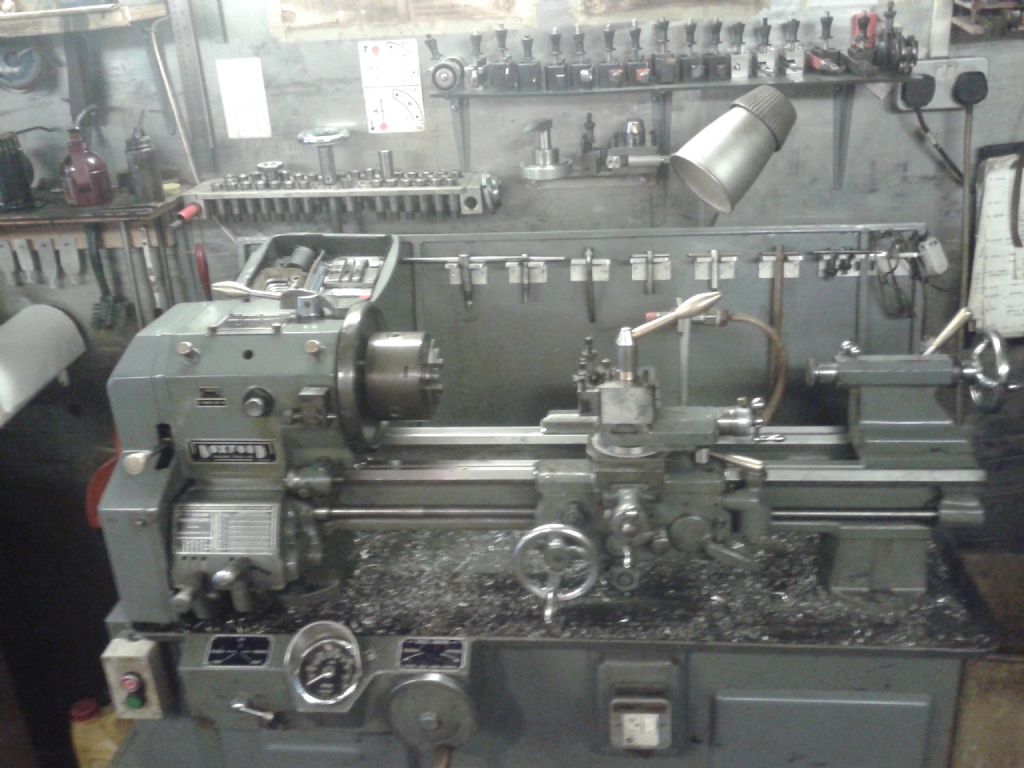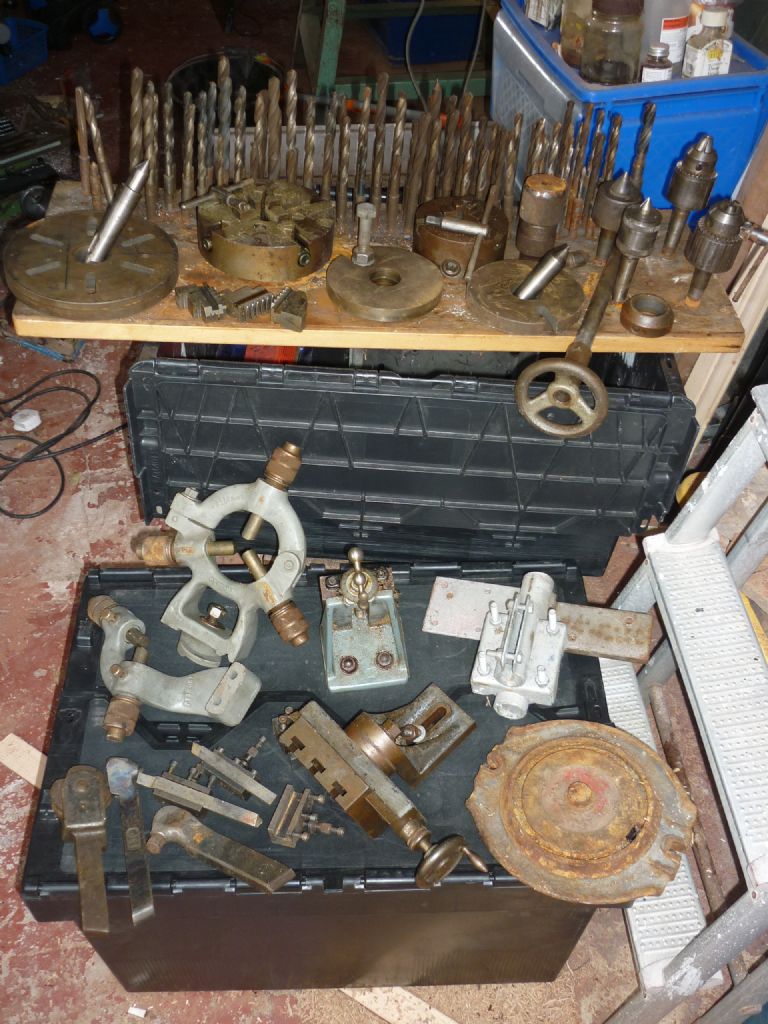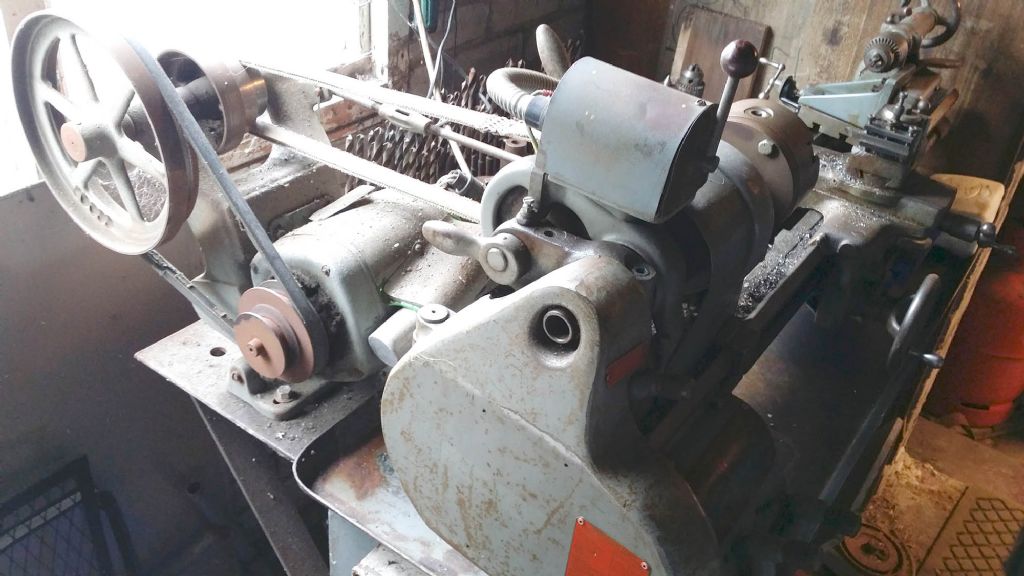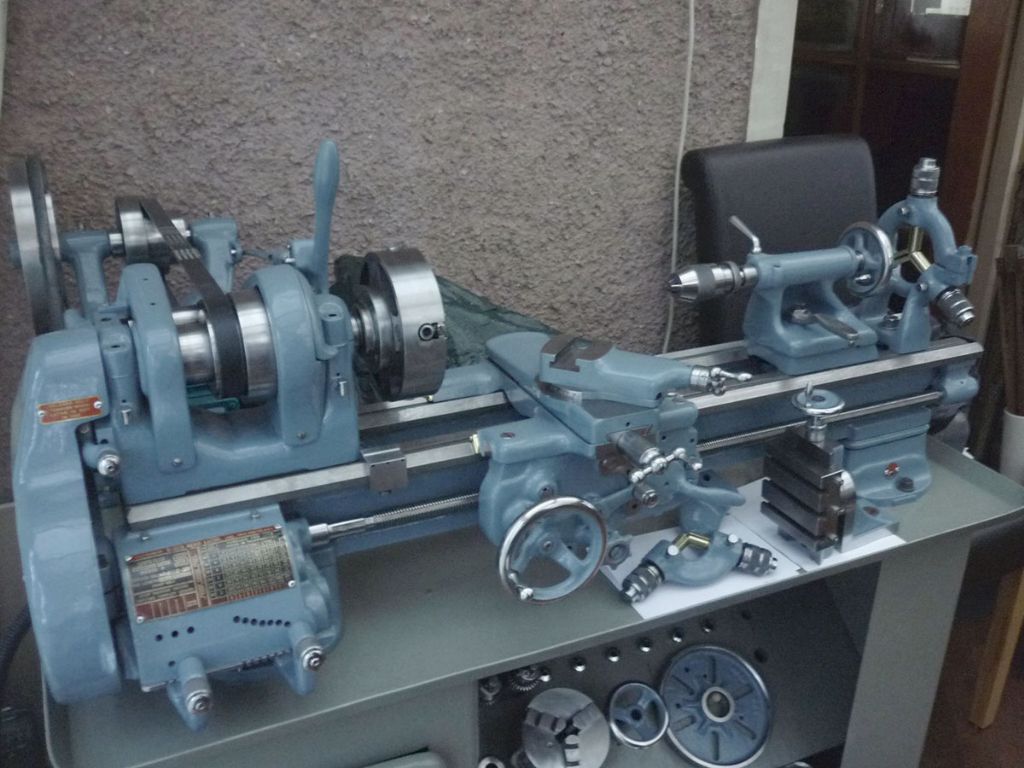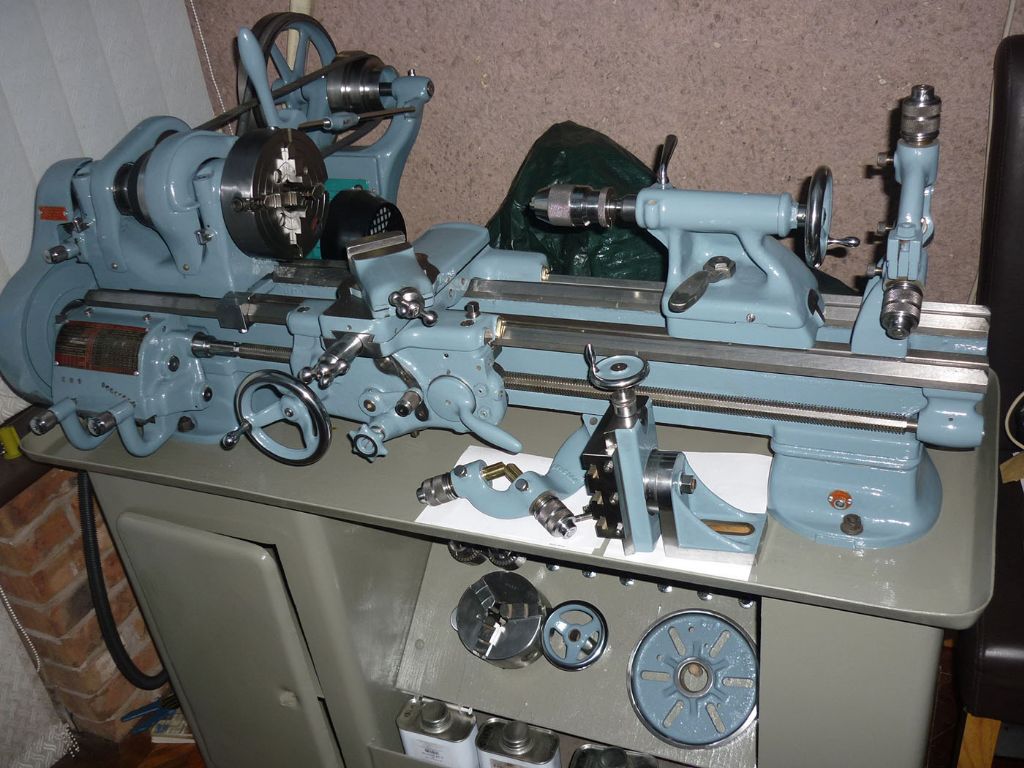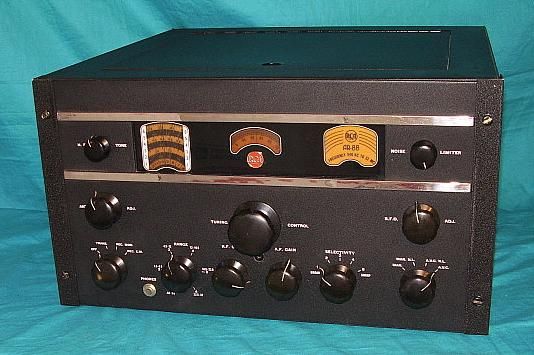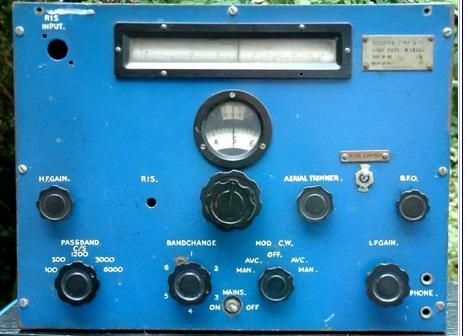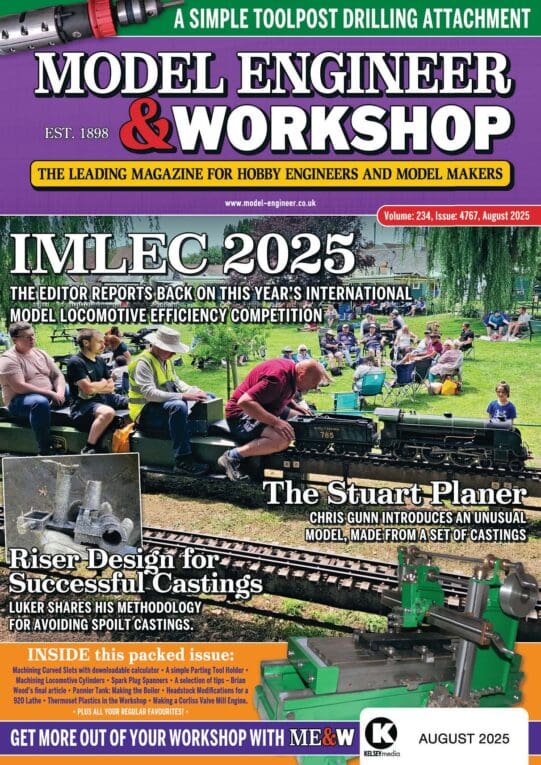Posted by Hopper on 19/10/2017 05:11:08:
…
construction is all cast iron, not that cheapo Mazak zinc-aluminium pot metal that much of the Myford is pumped out in. Mazak would never have stood up to the Yanks. They expect stuff to be tough.
Er, but it was the Yanks who invented it! They called it Zamak and it was widely used in the US. One example being the Atlas Lathe that inspired Myford. By the time Zamac was relicensed for manufacture in the UK, it was known that impure Zinc causes the alloy to rot. Mazak was made with a purer form of British Zinc and the alloy was much more stable than the original Zamac. Of course, once Zinc impurity was understood to be the problem Zamak in the USA was also improved. That didn't stop cheapskates from making the nasty version though.
But it does raise an interesting question: how long should a lathe be expected to last? I think less than 10 years.
I could argue that Myford's original business model was flawed. In a small market, how can you make a living selling lathes that people rarely replace? In a very real way, Myford owners bankrupted the company they venerate. Although many people want one, very few supported the business by buying new.
I look at my Chinese lathe rather differently. In round numbers it cost £2000. If it only lasts 5 years, that's £8 per week – less than I spend on petrol. I don't expect it to last, and I don't need it to. If it breaks, or I decide I don't like it, I shall replace it.
Quite often you see the advice 'Buy expensive buy once. Buy cheap buy twice'. As advice goes that's naive rather than wrong. It assumes incorrectly that not replacing tools is always a 'good thing'. Actually, there are many reasons why expensive initial investments might be bad strategy: ask any accountant or production manager.
A much better reason for buying 'quality' or older tools is because you enjoy them. Buying expensive to 'save money' isn't respectable unless you've done an investment appraisal.
Dave
Edited By SillyOldDuffer on 19/10/2017 10:13:41
Hopper.


